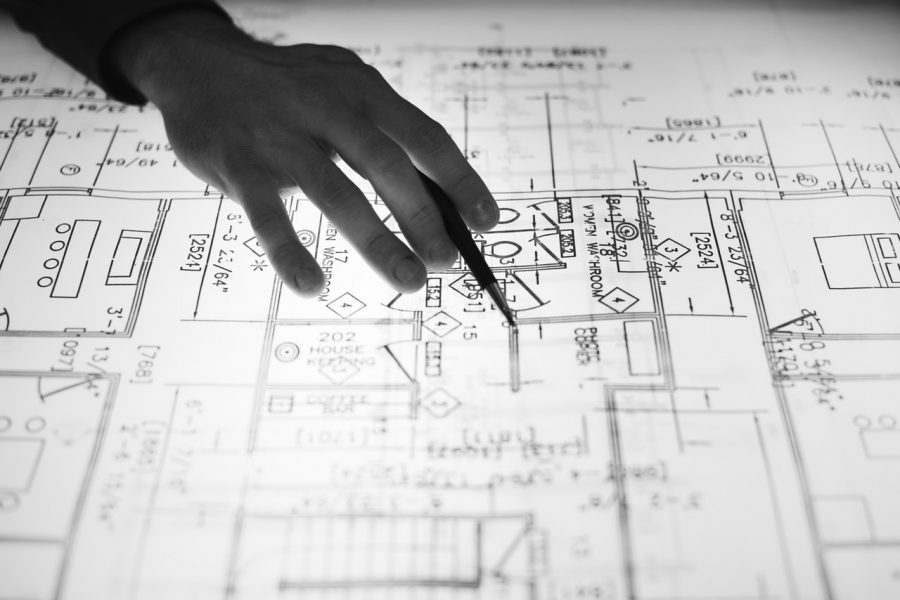6 Steps to Constructing a Modern and Functional Office Building from the Ground Up
By now, it has become common knowledge just how big of an impact the work environment has on the workforce. If you put your employees into an office that is dark, where space is not effectively used and the layout discourages collaboration and interaction, their morale will plummet and your company will soon start feeling the consequences.
The problem is that office buildings that provide the optimal work conditions are either hard to find or expensive to rent. The solution to both these problems lies in buying your own lot and building the office building in accordance with your business’s functional needs from the ground up.
Here is a short step-by-step guide on how to pull it off.
Create a budget
Essentially, this document should represent the intersection of your available funds and the expenses you can expect along the way. You can use it to track the remaining funds, extrapolate to-do lists and for numerous other useful things. Of course, make sure to be thorough and include all the associated expenditures like land fees, design and construction costs, overtime labor, and similar. Also, it is a good idea to allocate at least 5-10% of your budget for contingencies. The unexpected costs will appear one way or another – it is better to take them into account from the get-go.
Find the appropriate location
Now that you know the funds you have at your disposal, it is time to find the lot you are going to use to build your offices. Aside from the common requirements like access to utility hookups and transit roads, you should also aim for real estate that is zoned for commercial development. Situating your business in one of the CREs may give you an opportunity to leverage tax incentives or streamlined legislation which local authorities usually set in place to encourage regional business development.
Selecting the contractors and applying for permits
Although they have very little in common, we decided to put these activities together because, while you’re waiting to get all the necessary licenses and permits, you’ll have more than enough time to begin negotiations with local contractors, present your ideas to architects, start making initial feasibility studies and work out the schedules. Ideally, all of the contractors and subcontractors should be experienced professionals with established working relations.
Gather all the necessary equipment and materials
The sooner you start, the better. Whether you are buying equipment or renting the tools, taking care of it at least a couple of months in advance will save you from price fluctuations, scheduling issues, and seasonal bottlenecks. Also, make sure the equipment you are going to use is as productive as possible, so you don’t cause unnecessary delays. A good example can be found in a mobile crane, a vehicle that can lift up and move heavy objects just as efficiently as its traditional counterparts, but takes much less space and can be easily moved around.
Set up the communication infrastructure
From this point on, the actual works will be in the hands of architects and contractors. That, however, doesn’t mean your participation is over. One of the things you can do which can have a strong impact on the coherence and productivity of all involved parties is set up clear and transparent communication infrastructure in which all participants ranging from hired labor to senior executives will be able to quickly exchange information and directions. Fortunately, this can be easily achieved with private mobile networks and a variety of communication tools.
Remain present during the works
By being present, we don’t mean only the physical presence on the worksite but constant oversight of enveloping costs, timetables, and market fluctuations as well. Any of these things can push your budget off the rails and completely halt your project. Since this kind of pressure can prove to be too much for one person, it would be a good idea to set up an oversight committee where each member will take care of one specific duty. Aside from work oversight, such a body can prove to be incredibly useful when it comes to coordination between different involved parties.
We hope these six steps help you reach a better understanding of how the building process looks from the perspective of a business owner or senior executive. Of course, the actual, real-life process is much more detailed, but this frame should help you lay down the foundations to your construction strategy. The effort is more than rewarding – no premises in the world can maximize the potential of your workforce more than those you’ve designed and built yourself.
Share It on :





